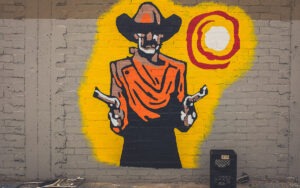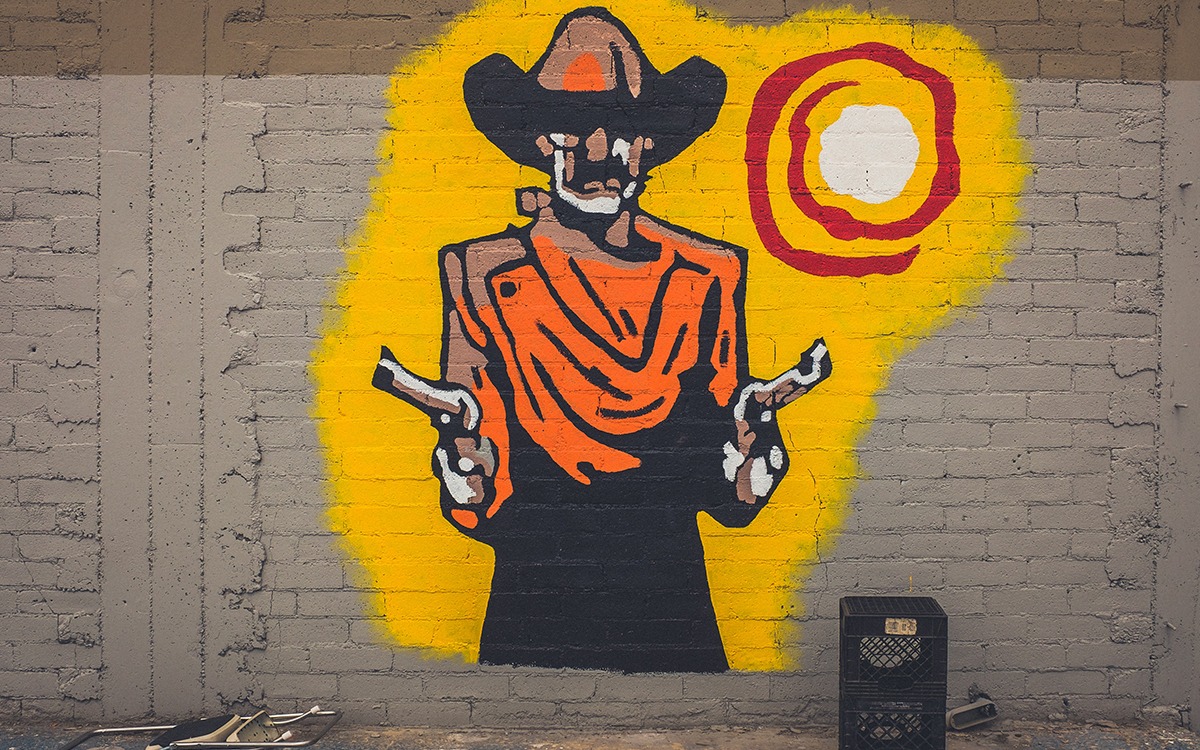
February 20, 2020; New York Times
Immigrant and Customs Enforcement (ICE) has spent the past few years targeting communities, but communities are fighting back.
Undocumented immigrants in McFarland, California recently fought the establishment of an immigrant detention center in their community. Against GEO Group—a private prison company that took in $2.48 billion in revenue last year—a town of 15,000 residents organized, lobbied their city council, and won.
“We don’t want GEO here. We want colleges, and to pursue our dreams. We don’t want to live in fear,” said resident Stefani Avalos.
The city of McFarland signed a contract with GEO to turn buildings that recently held state inmates into immigrant detention facilities. The prisons have to close because California’s new law against private prisons took effect in January, and GEO Group ran those prisons. (The contracts were signed before the law was passed.) Not wanting to lose out on state contracts, the group simply switched out who would be held inside.
Proponents of the facilities argued that they would bring jobs and revenue to the city, which could use the cash. The New York Times estimates McFarland will lose about $1.5 million annually when the prisons close. Mayor Manuel Cantu worried that without the GEO Group contracts, the city would have trouble paying for public services.
But residents, an estimated half of whom are undocumented, were farsighted enough to realize that exploiting their neighbors for temporary financial gain was a bad plan. Easy financial solvency should not come at the cost of families and communities; there have to be bigger priorities than balancing the budget, and community safety should be at the top of that list.
Sign up for our free newsletters
Subscribe to NPQ's newsletters to have our top stories delivered directly to your inbox.
By signing up, you agree to our privacy policy and terms of use, and to receive messages from NPQ and our partners.
California farms produce the majority of produce consumed in the US, even though a quarter of its produce is exported internationally. Many of those farms employ undocumented workers like Maribel Ramirez, who has lived in the US for 20 years. She was preparing to buy her home when she heard about the proposal for the new ICE facility and began to fear for her family. She had never been bothered by the state prisons, she said, but if ICE moved in, her family would have to leave.
Ramirez, Avalos, and others engaged in traditional community organizing tactics to protect their communities. They knocked on doors, took surveys, involved the local church, and explained to anyone who would talk to them the impact an ICE facility would have. (Claims from prison guards that ICE doesn’t do sweeps and only locks up criminals are demonstrably false.)
“For weeks of work on the ground, knocking on doors, McFarland people speaking to schools, speaking with their representatives, talking about how this will impact the residents of McFarland, it was all the work that was done by various organizations and community members,” said a representative of the American Civil Liberties Union Foundation of Southern California.
Residents showed up at the city council meeting where the policy was to be voted upon—about 50 of them inside, and 200 outside. The Immigrant Legal Resource Center and Freedom for Immigrants sent a joint letter to the city, threatening legal action if the city did not abide by the state’s Dignity Not Detention Act.
Remarkably, although Cantu wanted to support the GEO contract, he conceded to the grassroots movement. “If the residents don’t want them because of their fear of ICE or whatever, the city belongs to the residents,” he said.
California has a long history of Chicanx and Latinx activism. The first convicted felon in the state was Modesta Avila, a woman who demanded $10,000 from the railroad commission after they built tracks through her mother’s property; after the Treaty of Guadalupe-Hildalgo, much land owned by Chicanx families was annexed by white settlers and their businesses. Avila died in prison in her twenties in 1891, never having conceded her point or her land.
Ramirez, Avalos, and their community have happily fared a bit better, and kept their neighbors safe.—Erin Rubin












